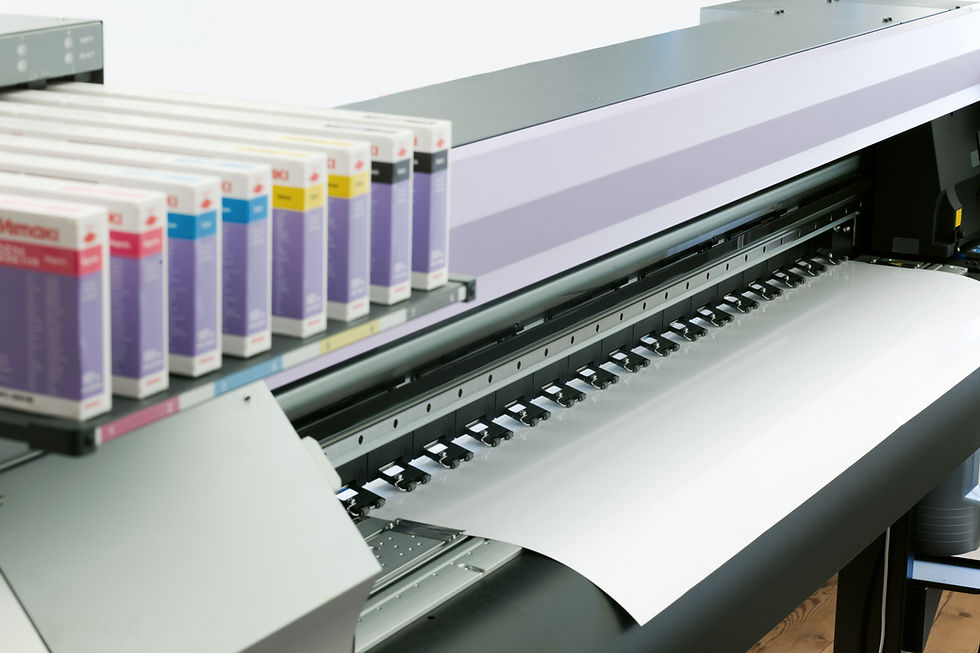An Overview To Bridging Finance | Sardison Capital
- Maurice Sardison

- Nov 6, 2021
- 4 min read
A bridging loan is a type of short-term business finance designed to get you from A to B by ‘bridging a gap’ in your finance. It’s commonly used by property buyers and investors but is suitable for a range of other business purposes too. When you take out bridging finance, the lender will usually have a first or second legal charge against your property.
Bridging finance still cause some confusion among a lot of the people and businesses we speak to. This short guide explains the basics of what may be a very suitable finance product for your situation, whether you're looking to purchase property or require short-term finance.
How does a bridge loan work?
A bridge loan allows you to purchase a property before you’ve sold your existing one. It’s also commonly used by those who want to fund renovations or a new build project before they can secure a traditional mortgage. Due to the short-term nature of the finance, it’s sometimes referred to as a ‘swing loan’, ‘gap financing’ or ‘interim financing’.
If you’re planning to use a bridge loan to purchase a new home while you wait for your current one to sell, you’ll use equity from your current home as a down payment on the purchase of the new one. Bridging finance can be used by businesses as well as individuals. There are many products out there that are tailored for different purposes.
A business bridging loan is a type of commercial finance that, again, enables you to access funding over a short period of time. Providing you meet the eligibility criteria and have an exit strategy in place that is deemed valid by the lender, you can use the funds for a variety of things. Some businesses use bridging finance to get a working capital boost or to cover short-term cash flow challenges, for example. It’s important to bear in mind that although bridge loans provide immediate cash flow, interest rates are higher and you’ll typically have to offer collateral.
Businesses may also seek out a bridge loan when awaiting long-term funding. For instance, a start up engaging in an equity financing round that is set to close in six months may take out a bridge loan in order to cover costs until it is received. These costs could include things like payroll, inventory, rent, utilities and other expenses.
Bridging Finance For Properties
A bridging loan for a property can come in useful if you want to buy a property but are waiting for the sale of an existing one to complete. In this instance, you can use the loan to cover the period between buying the new property and selling the old one. Property bridging loans can also be used if you’re in a chain and part of it falls through. In the majority of instances, you can add the loan’s monthly interest payments to the balance of the loan and pay it off at the end of the term. As long as you have equity, a way of paying off the loan and sufficient security, it’s possible to be eligible for a property bridging loan even if you have a poor credit rating.
You can also use a property bridging loan to:
Pay for renovations
Buy land for development – to cover the costs between purchasing and building on the land
Buy a property at auction
Buy an uninhabitable property – to cover the costs until you can get a mortgage (which may be once the works are complete)
One of the benefits of bridging loans for a property is that the application process is usually quick: you can apply online and receive approval within 24 hours. If your application is approved, you can expect to receive the funds within two weeks. The lender will need to value your property and carry out the necessary checks first.
What is an Open vs closed bridge loan
Bridging finance falls into two categories: open and closed. A closed bridge loan has a fixed repayment date. If you're purchasing a property and are waiting for the sale to complete, you’ll usually receive this type of loan. Open bridging loans have no fixed repayment date, however, you'll typically have to pay it off within 12 months.
By using our Free Calculators, you will be able to type in the loan amount and the term your want to pay the loan off over, and get an instant idea of the monthly repayments. Our How To Video will also show you how to do this here.
Explore Your Finance Options Here.
Visit our website for more news and product information, or click the button below to submit a short enquiry form for your finance needs.






Comments